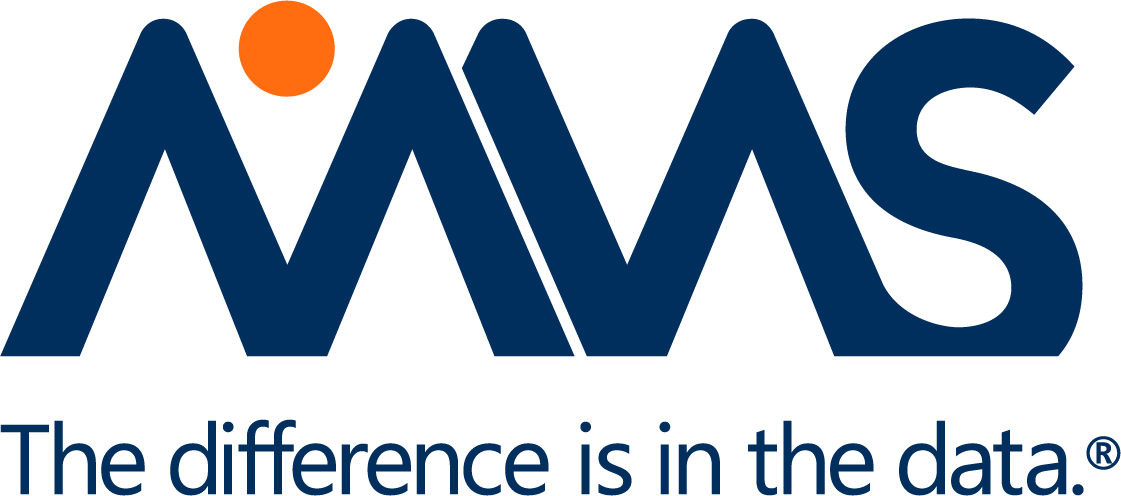FSP partnership models, when developed to find the right level of oversight, scale, pricing, and governance to meet a Sponsor’s needs, offer a functional provider solution that can benefit an organization in a rapidly evolving pharmaceutical industry.
For example, The COVID-19 pandemic brought unprecedented urgency in the race to find treatments and these efforts impacted multiple other programs within Sponsor organizations as both workforce and financial support shifted to support COVID-19 efforts.
Sponsors met the workforce need by rapidly scaling up, primarily through their outsourcing and vendor partners. The magnitude of this change required large, coordinated, and interdependent efforts to shift, scale, and adapt.
As expected, not all COVID-19 programs met safety and/or efficacy targets and were dropped, potentially leaving Sponsor teams underutilized.
This scenario of rapid scale-up, work transition followed by rapid scale-down and work return is exactly what FSP relationships are meant to be able to address.
Scalability and Advantage
One major attraction of the FSP model is its ability to flex and provide unique and sponsor-centric solutions, with the providing agile support to evolving and even emerging or rescue projects. The FSP scalable model allows Sponsors to adequately resource their departments in line with increased or decreased support requirements in real-time.
Additionally, the burden of HR processes, such as recruiting, qualifying, hiring, or onboarding, associated with a permanent headcount falls to the FSP. The FSP outsourcing model provides an “a la carte” option when required to ensure the best access to top specialists for each functional area outsourced. As a result, findings from multiple industry surveys suggest that quality and retention increase when using an FSP model compared to a full-service outsourced model. The additional governance and executive-level commitment that the FSP brings to the partnership also results in shared accountability.
Cross-Functional FSP Engagements
Most FSPs have expertise in multiple core competencies. Efficiencies can be realized when Sponsors utilize an FSP partner across more than one function, particularly when those functions hand-off to one another, like medical writing to publishing.
Using the same partner for multiple functions means:
- The MSA and NDA relationships and governance are already in place
- Existing Sponsor systems, knowledge, and access
- Understanding of Sponsor culture
- FSP in-house expertise to guide training, on-boarding, and troubleshooting support
Advantages also come with the ease of communication in a cross-functional FSP relationship. Internal colleagues are more accessible and responsive with direct and informal communication available, like phone calls, IMs, or in-person meetings. This contact is helpful when there are questions about the data, statistical analysis, or how to interpret statistical results and reduces any delay in query or response time.
More accessible communication leads to improved error identification. Errors can be communicated and resolved more quickly when the functional lines are all within the same organization.
There is also better collaboration to achieve deadlines. If there are delays or extra time is needed by one of the functional lines, it can be negotiated internally without affecting the overall timeline.
All in all, these advantages reduce the cycle time, which contributes significantly, but indirectly to cost-saving, enabling Sponsors to get drugs to market sooner and in a more cost-efficient manner.
Innovation Means Innovative Roles
As today’s technology and data sources continue to evolve at a rapid pace, so do requests for talent. New technologies combined with new data sources and desires create the need for more real-time and visual analytics, including animation and interactive dashboards, making it nearly impossible to find talent that checks all the boxes on a job description.
Job roles now combine experience usually done by two to three individuals into one, making the search for the “perfect candidate” difficult. Everyone is struggling to fill these roles, both Sponsor organizations and CROs.
Some of the larger Sponsors have committed time and resources to fill these talent gaps by creating innovative programs to develop this talent internally. However, this doesn’t work for smaller companies with a low budget or if the internal program at the organization is too broad and not specific enough to meet the needs of the talent gap.
Built-to-Suit Models
At MMS, we’re working to develop talent to fill these talent gaps in partnership with our Sponsors and universities in a variety of different models.
Each model is built by first discussing with Sponsors the desired skills list for a potential candidate, identifying that candidate, and then undergoing targeted training to address any skill gaps while working with an MMS mentor to provide management oversight.
It’s beneficial to have a level of trust to embark on a model of this type as both parties need to have skin in the game to make this successful, so an FSP relationship is valuable for this type of shared venture.
This built-to-suit model has many key wins for both the Sponsor and the talent. Sponsors acquire hard-to-find talent without the burden of hiring, training, and mentoring, and they have the opportunity to lead and develop instead of taking talent from somewhere else. On the other hand, the talent gets free training and hands-on experience to explore the Life Sciences and potential career paths, contributing to greater job satisfaction.
The FSP/Sponsor partnership gives both the ability to develop expertise in the critical skills needed to lead ongoing industry innovation
FSP Relationships Maximized
An FSP relationship brings many advantages when the full partnership is maximized:
- Scalability and the ability to support evolving and rescue needs
- Innovative solutions to meet technology changes and talent gaps
- Cross-functional efficiencies that reduce cycle time
- Capitalizing on the established trust relationship to evolve together
By Donnelle LaDouceur, Director of Functional Service Solutions
For additional insight, email questions to info@mmsholdings.com





